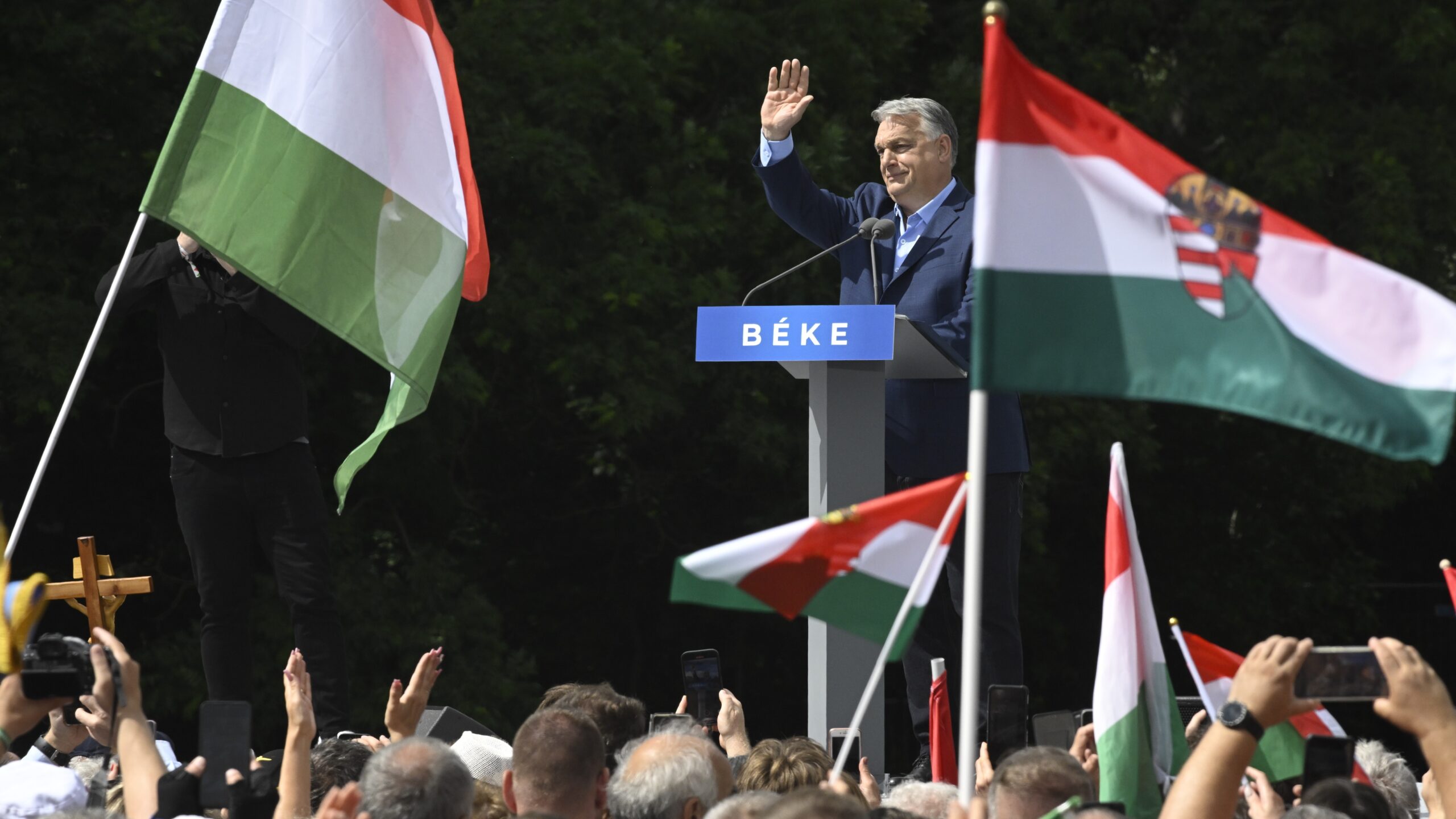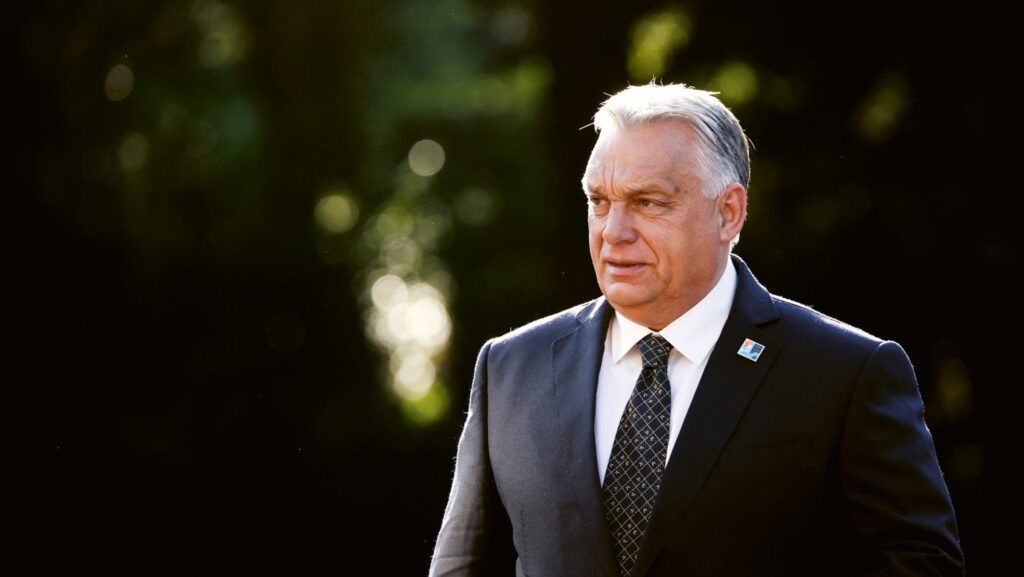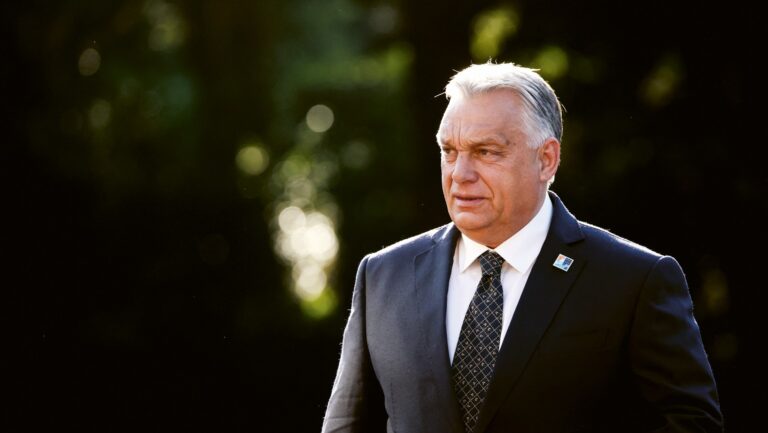The War in Ukraine and Hungary’s Peace Policy
No other issue has attracted more attention and attacks from the West against Hungary and Viktor Orbán in the last three years than its policy on Russia and the war in Ukraine. Undeniably, Hungary has expressed strong disagreements with the mainstream EU and NATO policies of the past three years and argued for a different strategy. At its core, Budapest pushed for a ceasefire and diplomatic negotiations based on the assumption that the war had no battlefield solution, an approach many considered to be pro-Russian.
Different Approach, but Not Pro-Russian
To set the record straight, Orbán condemned the war from day one, calling it an aggression, and despite his objections, he has agreed to support 15 rounds of EU sanctions against Moscow. In addition, Hungary remains a major source of electricity and fuel for Ukraine and has carried out its largest humanitarian operation to date, hosting around one million Ukrainian refugees. Furthermore, the Prime Minister himself has stated that it is in Hungary’s utmost interest to always have a viable Ukraine between Hungary and Russia, and the Hungarian government has joined every major international declaration in support of Ukraine’s sovereignty and territorial integrity.
Like many other Central European nations, Hungary has historically had a difficult experience with Russia, and it has come as a surprise to many in the West that the Orbán government’s ‘pro-peace’ approach to the war has considerable support among the Hungarian population. Contrary to popular belief, the main reason for Hungary’s approach to the war was not its energy dependence on Russia, and certainly not Viktor Orbán’s alleged sympathy for Putin. Nor was the political conflict with Kyiv over the rights of the Hungarian minorities living in Transcarpathia the most important element, although both obviously influenced the Hungarian decision.
A Blank Check Is Not a Strategy
The cornerstone of the Hungarian approach has always been a realistic assessment of the prospects and likely outcome of a protracted war. Until the last few weeks, the only acceptable end to the war for Kyiv was the Zelenskyy peace formula. The problem with this approach wasn’t that the goals weren’t legitimate, but that they were being pursued at enormous cost and sacrifice, with no realistic chance of achieving them on the battlefield, while the West essentially gave this flawed strategy a blank cheque.
Let us not confuse the rhetoric of the Kyiv government or optimistic pundits with the honest assessments of former Joint Chiefs of Staff General Mike Milley, among other independent experts, about Ukraine’s chances in the war as early as autumn 2022. Given the disparity in the size of the two countries and a geopolitical landscape that is very different from 20 years ago, only direct Western military involvement could theoretically tip the balance in Ukraine’s favour, but this would immediately lead to war between Russia and NATO, not to mention the threat of nuclear escalation. Although proponents of the current Western strategy have always played down the risk of nuclear war, even the Biden administration recently admitted that there was a real risk that Putin would resort to the use of nuclear weapons in the course of autumn 2022.
False Western Choices
Hungarian leaders understood early on that the choice was never between a Ukrainian victory with sufficient Western military support but without direct Western involvement, or a Russian victory without sufficient Western support. Since the outcome of the war was crucial to the survival of the Putin regime, it was clear that Russia would do everything in its power to avoid being seen as the loser. However, ever since Ukraine’s NATO membership came on the agenda in 2008, there has been every indication that the West will not risk a major war for Ukraine and that mitigating this risk is a higher priority than victory at any cost or Ukrainian lives.
The latest and most blunt demonstration of this Western view was seen in Secretary of State Blinken’s open pressure on the Ukrainians to put more young Ukrainians on the battlefield instead of asking for an extension of the operational use of Western weapons. At the same time, it was highly likely that Russia would have launched the war earlier if NATO had pursued a fast-track membership plan for Ukraine. In particular, those Eastern Europeans who warned of Putin’s bad intentions long before the 2022 invasion should agree with this assessment.
The Onus Is on the Hawks
Although Ukraine’s heroic initial resistance and successes were surprising, it was clear from the start of the war that in a war of attrition Ukraine was much more likely to lose, regardless of the level of indirect Western support—short of sending troops—because of Ukraine’s lack of manpower. The current Western strategy is not only prolonging the war without any hope of significant success for Ukraine but also putting Ukraine in a worse position by the day. Therefore, the primary burden of proof regarding Ukraine’s war strategy lies with all those Western governments that support the current flawed strategy, not with Hungary, which has been calling for a different approach all along.
So what’s the Hungarian alternative? The Hungarian objections to various EU support packages should be understood in the context of the above-mentioned flawed Western strategy. This is where Viktor Orbán’s support for President Trump comes in. Peace through strength, as represented by Trump, means the pursuit of realistic instead of maximalist goals backed by strength, the latter referring to some form of security guarantees for Ukraine stronger than the Budapest Memorandum but short of NATO membership. Nobody knows exactly what such a formula would look like, but the biggest sin is that such a diplomatic route hasn’t even been seriously attempted since the Istanbul negotiations broke down in April 2022. Of course, making concessions to Russia has its costs and risks, but the alternatives, either a continuation of the war on the current trajectory or a direct confrontation between NATO and Russia, would leave Ukraine and the collective West even worse off. Viktor Orbán’s peace mission in July 2024 was based on this assessment, and the fact that the mission was unsuccessful was primarily a failure for Ukraine and the collective West, not for Hungary. Confronting the harsh geopolitical reality is what the Hungarian Prime Minister has been calling for all along, and the recent changes in Kyiv’s approach to the war demonstrate the validity of this assessment. Let us hope it is not too late.
Read the previous three articles:







